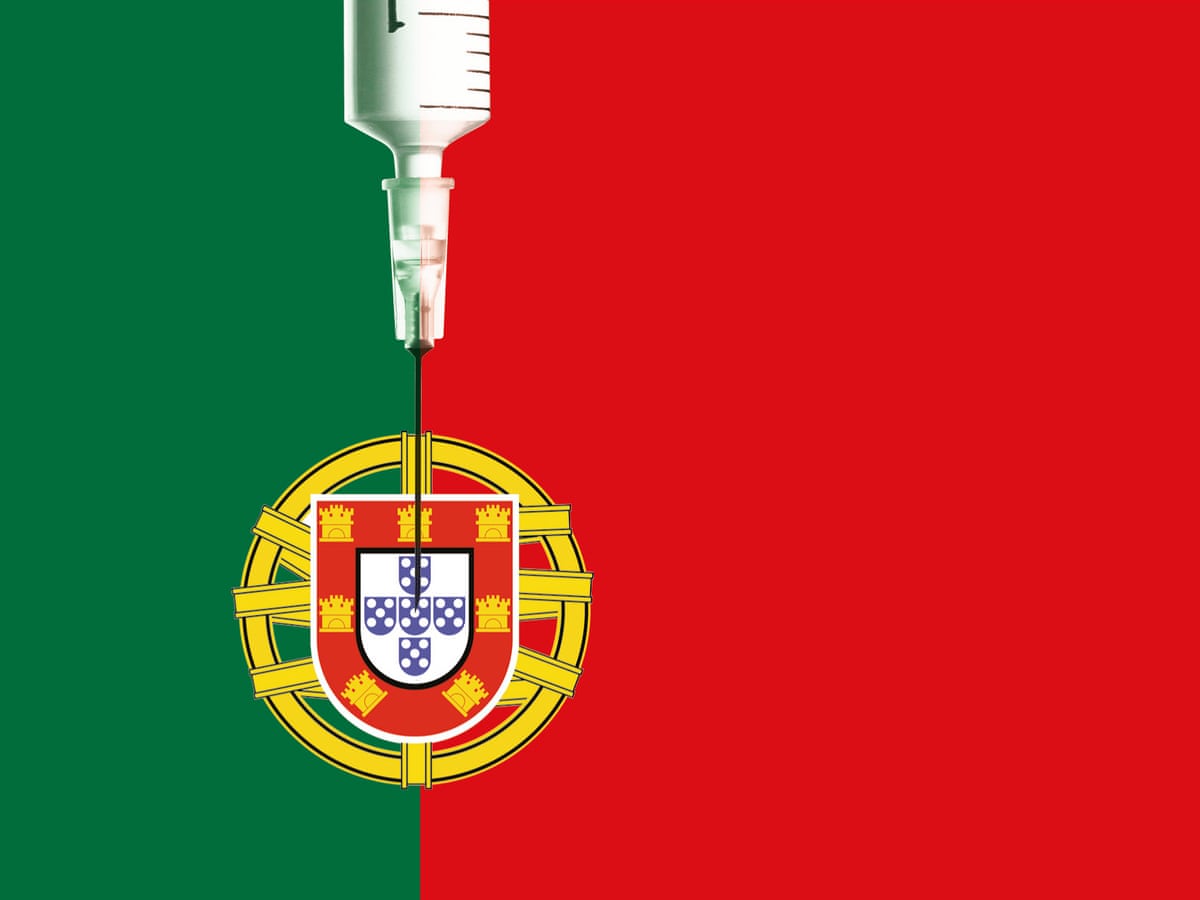
It has indeed been more than 20 years since Portugal famously
decriminalized all illicit drugs. Their reason had been a noble one: HIV
infections from shared needles were rampant, and the country's existing
policy which focused on criminalization and punishment had failed to
make any dent in that. It was reasoned that if drug addiction was
treated more like a disease and less like a crime, authorities would be
more directly confronting the true underlying causes of the problem. So
what's the verdict after 20 years? Some ups, some downs, a lot of praise
and a fair share of criticism. Today we're going to have a look at the
reasons for Portugal's big move, and whether it has accomplished them —
according not to pundits, but to the data.
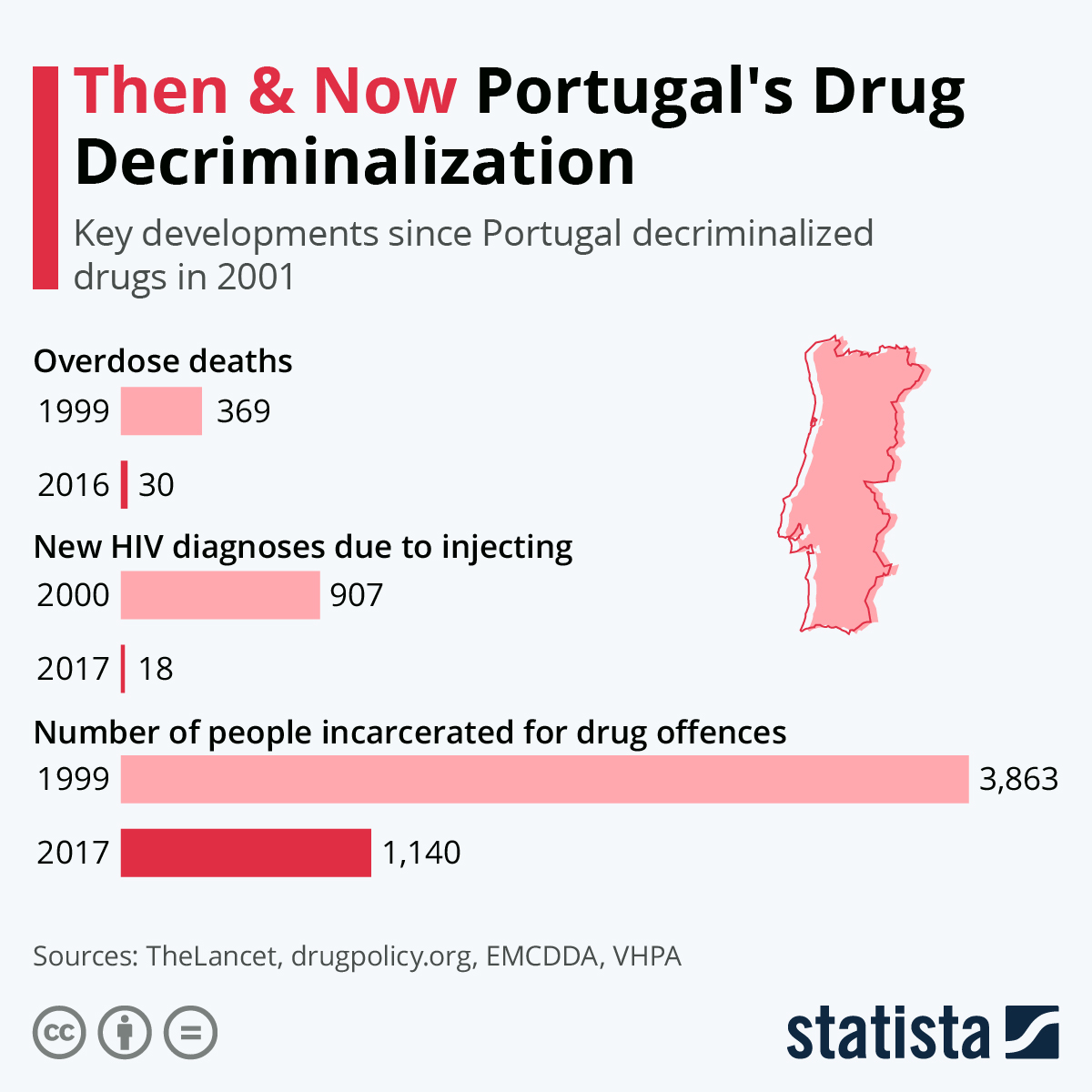 At the time, Portugal's drug problem was a relatively new and unique
one. Since 1926, Portugal had been an isolated dictatorship with little
tourism and almost no illegal drug problem. Then, with 1974's bloodless
Carnation Revolution, the country was opened, and more significantly,
all its soldiers were brought back from fighting colonial revolutions in
Africa — and many of them brought back vast amounts of drugs and
serious drug addictions. The whole country had a drug epidemic
essentially dumped in their lap.
At the time, Portugal's drug problem was a relatively new and unique
one. Since 1926, Portugal had been an isolated dictatorship with little
tourism and almost no illegal drug problem. Then, with 1974's bloodless
Carnation Revolution, the country was opened, and more significantly,
all its soldiers were brought back from fighting colonial revolutions in
Africa — and many of them brought back vast amounts of drugs and
serious drug addictions. The whole country had a drug epidemic
essentially dumped in their lap.
By 1999, only 25 years after the Carnation Revolution, Portugal had
Europe's highest incidence of AIDS among intravenous drug users,
accounting for nearly half of all AIDS cases in the nation. In addition,
their prisons were filling fast, with over 40% of prison sentences
handed out for drug-related offenses. They were throwing more and more
drug users into jail, but it hadn't helped the AIDS problem. And so they
launched their new drug strategy to decriminalize all illicit drugs,
the first such program of its size and significance in the world. It's
called the PDPM, the Portuguese Drug Policy Model.
It is important to note the difference between decriminalization and
legalization. Legalization makes the product legal, and people can
manufacture, sell, and use it. This is not what Portugal did. They
decriminalized the use of all drugs; meaning there are no longer any
criminal penalties for drug users, however those penalties remain for
those convicted of manufacturing, importing, and selling drugs. Drug
dealers are still subject to the same criminal penalties as before.
If this was a little bit of a misconception for you, well, that's the
tip of the iceberg. There's a lot of misinformation about Portugal's
decriminalization. If you're caught using, buying, or possessing drugs,
the cop is not going to say "Hey, right on, enjoy! Have a good one," you
are still in trouble. If you have more than 10 days of personal use
worth, you're still going to jail. If you have less than that, your
drugs are confiscated and you are issued a summons to appear before an
administrative panel called a Commission for the Dissuasion of Drug
Addiction. Nothing will go on your criminal record.
That commission consists of an attorney, a psychiatrist, a chemical
dependency social worker, and sometimes a judge. They'll consider your
history and your situation, and then render their decision. They may
choose to let you go with no sanctions at all other than some advice to
stop doing drugs, which is usually what happens to first time offenders
whose cases are deemed low risk, and this is what the commissions do in
the majority of cases. They can fine repeat offenders, but the fines are
typically small and tailored to your ability to pay. They can sentence
you to community service. They can suspend your professional licenses.
They can ban you from going to certain places or associating with
certain people. They can terminate any social assistance you may
receive. They can confiscate personal property and cancel your firearms
license. They can require you to report back to them. About the only
thing they can't do is send you to prison. Getting caught using drugs in
Portugal is no laughing matter; it is not a place where you can freely
roll around doing drugs with no concern. They've simply restructured the
punishments from those that are proven to prolong drug problems to ones
that are intended to reduce them.
The primary architect of the PDPM was João Castel-Branco Goulão, a
physician and currently the Director-General of the Service for
Intervention on Addictive Behaviors and Dependencies. In designing the
program, Goulão's central idea was that drug abusers are not criminals,
they are ill, and should be treated as such. Goulão's commission
recognized three principles around which the program was designed. The
first was to not differentiate between soft drugs and hard drugs. It
doesn't matter what the drug is; what matters is whether the user has a
healthy or an unhealthy relationship with it. Second was to recognize
that an unhealthy relationship with drugs is often a symptom of an
underlying cause, which could be any stressful chronic challenge a
person can face in life. Third was to note that an all-out war on drugs,
to get all drugs off the street, is impossible and quixotic, and thus a
losing strategy that would not be a part of the solution.
So, all that background brings us to the moment of truth, which is to
turn to the data and answer our big question: Has it worked?
The most honest answer to this begins with an anticlimactic
disclaimer, which is that any such statement like "Drug use has declined
by xx%" or "New cases of AIDS are down by xx%" is incomplete and
misleading. Implementation of the PDPM was not an overnight panacea for
recreational and dependent drug users, it was a complex process fraught
with conflicting policies and passionate differences among public
attitudes toward it. Keep in mind that Portugal is heavily Roman
Catholic, and the belief that there should be zero tolerance for drug
use of any kind is predominant. Consequently, ever since the PDPM was
put into action, public sentiment has been a mixture of deep moral
repugnance toward it, and approval by those with public health in mind.
Much of the complexity arises from the fact that, as Goulão has
pointed out, decriminalization alone — doing nothing else — makes the
problem worse. It's an improvement only when partnered with the needed
treatment resources, which are expensive and required Portugal to invest
massively. That investment has had all kinds of challenges thrown at
it. First, the United Nations threatened sanctions against Portugal for
decriminalization, sanctions that would have struck at the heart of
their already-limited ability to pay for it; but they managed to dodge
that bullet. Next, the left-wing government that approved the PDPM was
voted out and replaced with a right-wing government that only just
barely decided to keep it in place. Then the global economic meltdown of
2008 made Portugal insolvent and it had to accept a bailout from the
International Monetary Fund, which put it under more pressure from the
United Nations to bring back criminal prosecution for all drug offenses.
Since then Portugal has had to continue deep cuts in government
spending across the board. Through all of this, the PDPM treatment and
recovery services survived, though it's been a very rocky road.
Generally, at first the PDPM did work very well in addressing its
primary goal: reduction of HIV infections; and that's basically the only
reason the incoming government didn't stomp it out of existence in its
infancy in 2002. And that trend has continued. The reduction of HIV
cases has been its greatest success, and is about the only graph that
shows a steady trend, going from 600 per year in 1999 to only about 10
today. Another, which goes without saying, is the percentage of new
prison sentences that are for drug related offenses, which is down from
Portugal's high of some 40% in 1999 to about on par with the rest of
Europe, around 15% today.
But drug deaths? They have not improved. Part of the reason for this
is that Portugal has always had low numbers for this, usually less than
half of what it is in the rest of Europe. Deaths today are about the
same as before the PDPM. Total rate of drug use has also not improved,
also because Portugal was always pretty low. It's actually up a bit,
again generally in sync with the rest of Europe.
Yet if you do an Internet search to see how Portugal's doing 20 years
later, the results are almost universally positive. Much of the reason
for this was an extremely influential report published by the Cato
Institute in 2009, which was paid for by the Marijuana Policy Project, a
US nonprofit that promotes legalization of marijuana. So we should
expect the Cato Institute's report on Portugal to be biased in favor of
the merits of decriminalization and legalization, and it was. Whether
you agree with a position or not, you want it to be based on data, not
on bias. In 2010, the Obama administration, faced with pressure to mimic
Portugal's policy based on the Cato report, published a white paper
listing a number of flaws in Cato's report. Following about a dozen
bullet points, it concludes "It is safe to say that claims by drug
legalization advocates regarding the impact of Portugal's drug policy
exceed the existing scientific basis."
But we should not let the perfect become the enemy of the good. That
Cato overstated the PDPM's positive impact doesn't mean the impact
hasn't still been positive. It certainly hasn't solved everything, and
has had little effect in many areas, but did put an enormous dent in the
HIV and AIDS cases among heroin addicts. And in doing so, it has ended
up saving Portugal a lot of money. When you take all the costs
associated with drug addiction, everything from police and ambulance
services, hospital treatment, social services, and so on, it was found
in 2015 that social costs associated with drug use dropped 18% by 2010.
The best way to characterize the first 20 years of the PDPM in
summary is to note that it has had some major, though somewhat narrow,
successes. Importantly, it hasn't failed anywhere; all of its outcomes
have been either favorable or neutral at worst. Portugal's policy was
implemented in a resource-starved test environment, among a population
with a strong element that opposes it. It was done in a country that had
a drug problem that was unusual due to Portugal's unique history, and
may fare better if implemented in some other countries, and may fare
worse in still others. It has suffered from international pushback, but
has also inspired plenty of international imitation. The results, as
defined by a number of metrics, are not as good as many of us might hope
for; in others, they are. But that it's been able to produce results
ranging from positive to neutral, with really nothing in the negative,
says a lot for it; and that it produced these results under tough
conditions says more. It is a model that will work best in countries
with a strong interest in public health and data-driven policy, and will
likely not work as well in countries that value religion-driven
zero-tolerance policies above public health. In that sense, Portugal's
drug program is not too far different from many other innovations.
蒋介石腐败透顶贪赃枉法 ?





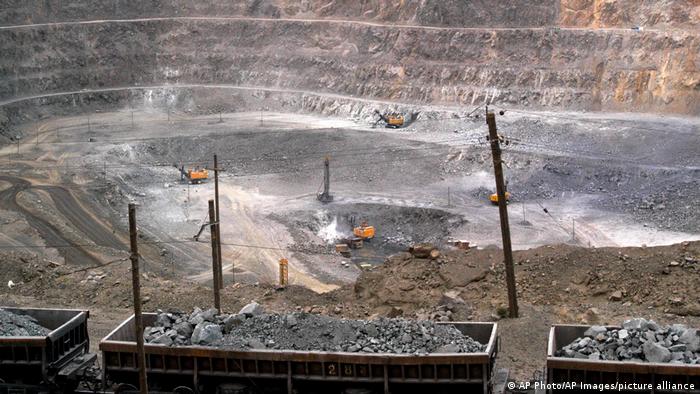
 Mother Teresa, one of
the most controversial figures from the 20th century. Controversial in
that everything you might have heard about her in recent years is likely
to be quite negative, despite her winning a 1979 Nobel Peace Prize and
being renowned throughout the world as an advocate for the sick and
poor, and a tireless and selfless aid worker without a thought for her
own plight in the most horrid conditions. But find any article about her
online these days, and it's more than likely to be a harsh criticism of
her practices — and of her personally — from virtually every angle. Was
she all that bad, was she truly a saint, or might there be other
nuances yet unspoken?
Mother Teresa, one of
the most controversial figures from the 20th century. Controversial in
that everything you might have heard about her in recent years is likely
to be quite negative, despite her winning a 1979 Nobel Peace Prize and
being renowned throughout the world as an advocate for the sick and
poor, and a tireless and selfless aid worker without a thought for her
own plight in the most horrid conditions. But find any article about her
online these days, and it's more than likely to be a harsh criticism of
her practices — and of her personally — from virtually every angle. Was
she all that bad, was she truly a saint, or might there be other
nuances yet unspoken?
 The recent near-misses involving Elon Musk’s Starlink satellites and
The recent near-misses involving Elon Musk’s Starlink satellites and 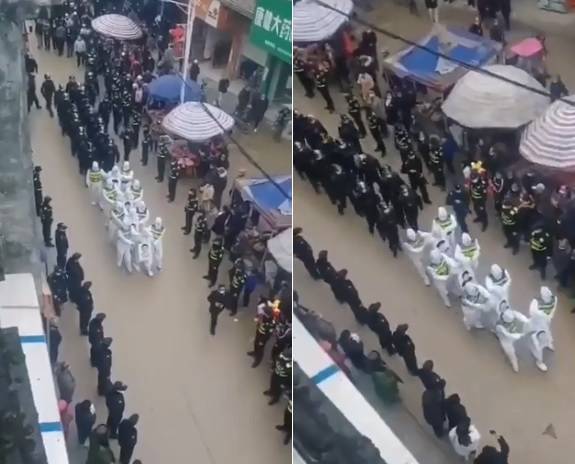
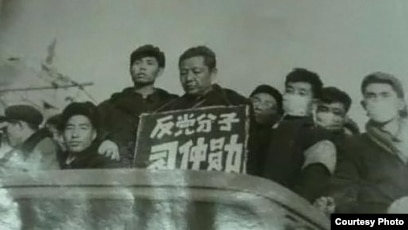

 At the time, Portugal's drug problem was a relatively new and unique
one. Since 1926, Portugal had been an isolated dictatorship with little
tourism and almost no illegal drug problem. Then, with 1974's bloodless
Carnation Revolution, the country was opened, and more significantly,
all its soldiers were brought back from fighting colonial revolutions in
Africa — and many of them brought back vast amounts of drugs and
serious drug addictions. The whole country had a drug epidemic
essentially dumped in their lap.
At the time, Portugal's drug problem was a relatively new and unique
one. Since 1926, Portugal had been an isolated dictatorship with little
tourism and almost no illegal drug problem. Then, with 1974's bloodless
Carnation Revolution, the country was opened, and more significantly,
all its soldiers were brought back from fighting colonial revolutions in
Africa — and many of them brought back vast amounts of drugs and
serious drug addictions. The whole country had a drug epidemic
essentially dumped in their lap.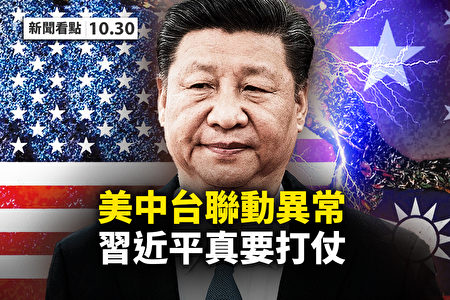
 女教师李田田被送精神病院事件是一个愚蠢政权为自己制造的“枷锁”
女教师李田田被送精神病院事件是一个愚蠢政权为自己制造的“枷锁”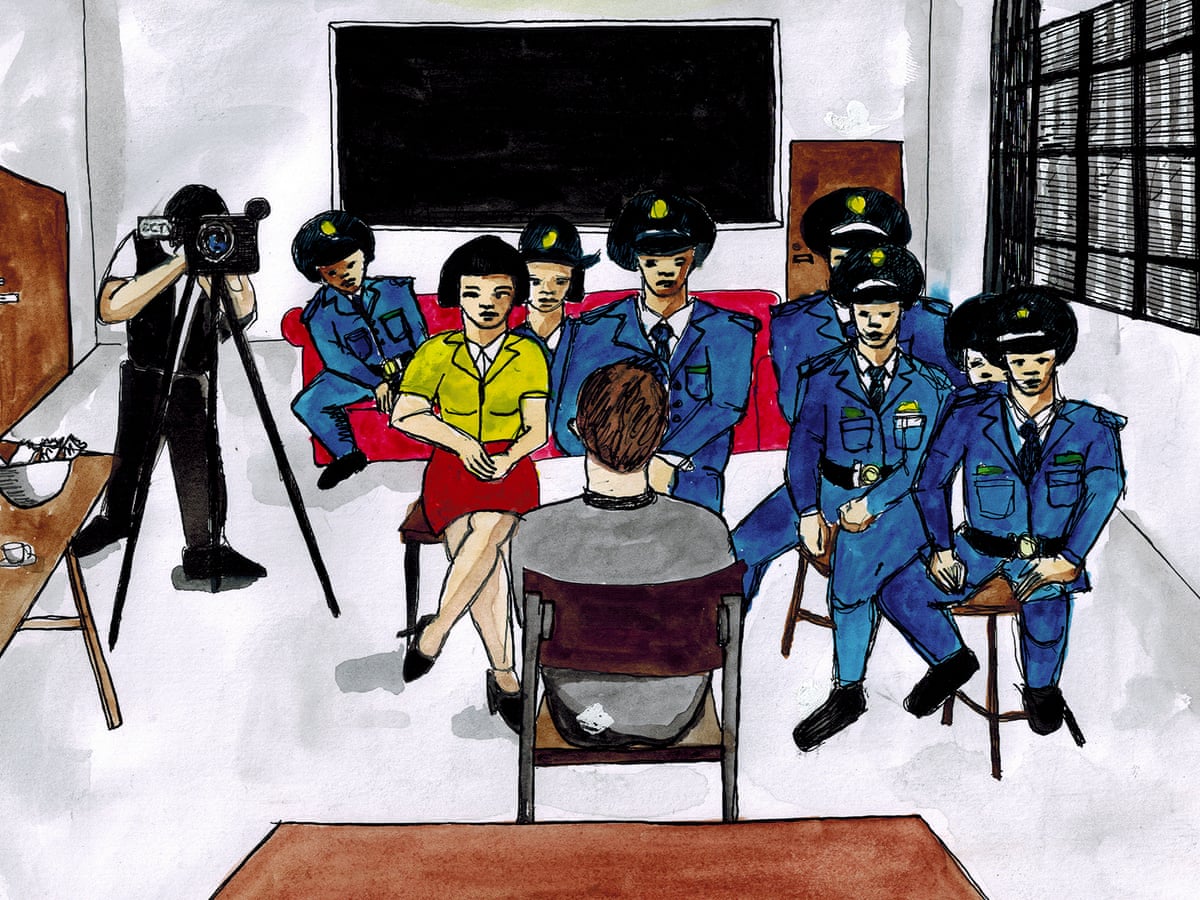 中国政府特别是基层政府常干这种“蠢事”,它的反对派很多就是这样出来的。说它“蠢”,是因为它制造对手或“敌人”的很多做法愚蠢透顶,事后复盘,根本不应到这一步,但最后的结果偏偏是谁都不愿看到的最坏一种。从个体来说,这个政权囊括了中国最好的精英恐怕不过分,基层政府虽然精英少了些,但要说他们是低于常人的笨人,怕也不合事实。一些地方政府官员开始可能也不想把事情搞砸,可后来偏偏搞砸,根子就在政权的机制,宁可“错杀一千,不可放过一个”,即凡事将它的子民往最坏想,把不合官方意特别是长官意的人都看成不安分的坏分子,用阶级斗争的思维模式和方式去处理所谓“人民内部矛盾”,当下所谓的新时代更是这样,斗争思维充斥政权内部。
中国政府特别是基层政府常干这种“蠢事”,它的反对派很多就是这样出来的。说它“蠢”,是因为它制造对手或“敌人”的很多做法愚蠢透顶,事后复盘,根本不应到这一步,但最后的结果偏偏是谁都不愿看到的最坏一种。从个体来说,这个政权囊括了中国最好的精英恐怕不过分,基层政府虽然精英少了些,但要说他们是低于常人的笨人,怕也不合事实。一些地方政府官员开始可能也不想把事情搞砸,可后来偏偏搞砸,根子就在政权的机制,宁可“错杀一千,不可放过一个”,即凡事将它的子民往最坏想,把不合官方意特别是长官意的人都看成不安分的坏分子,用阶级斗争的思维模式和方式去处理所谓“人民内部矛盾”,当下所谓的新时代更是这样,斗争思维充斥政权内部。


